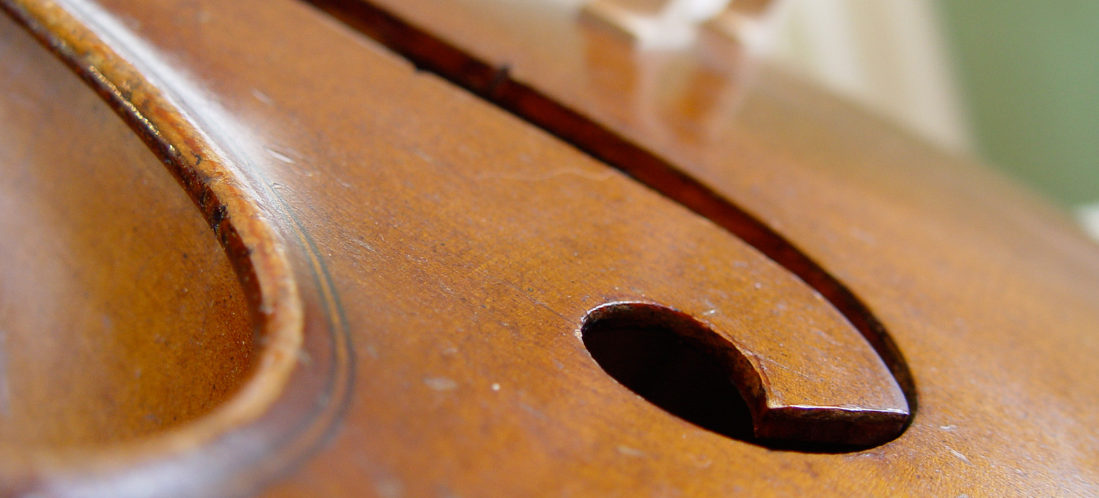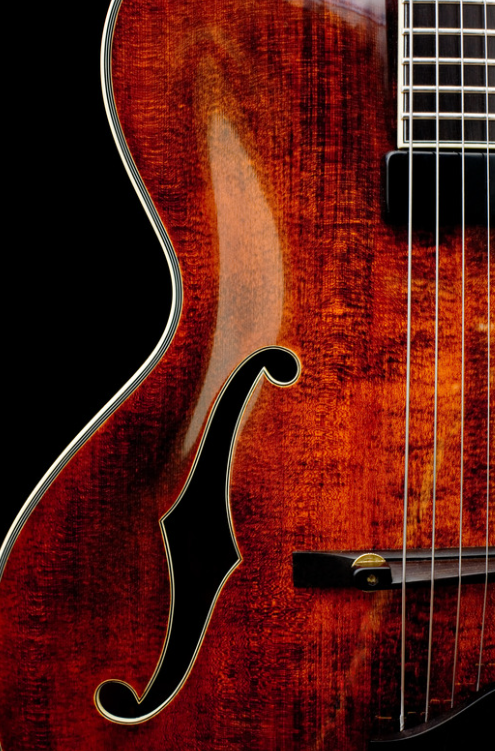When you pick up a string instrument that features the iconic f-hole, you might appreciate its aesthetic charm without fully understanding its significance in the history and functionality of the instrument. The f-hole is not merely a decorative element; it plays a crucial role in the acoustics of many instruments. In this article, we will explore the history of the f-hole and delve into its purpose in musical craftsmanship.

The Historical Roots of the f-hole
The f-hole has its origins in the early 16th century, around the time when string instruments began to evolve from earlier designs. The first violins were modeled after ancient string instruments, such as the viol and the rebec, which utilized circular sound holes. However, as luthiers began to experiment with the shape and design of their instruments, they found that modifying the sound hole offered improved tonal qualities.
The f-hole, characterized by its distinctive shape resembling the letter "f," was introduced to enhance the projection and resonance of the instrument's sound. This design change was instrumental in achieving a richer, more robust tone, making the instrument more appealing to musicians and composers alike.
The most famous luthiers of the era, including Andrea Amati, Niccolò Amati, and later, Antonio Stradivari and Guarneri del Gesù, adopted the f-hole design in their violins and cellos. A standard was established for generations of instrument makers and contributed to the sound quality that is associated with the string instruments from the Cremonese school of craftsmanship.
The Purpose of the f-hole
The f-hole serves several essential functions that enhance the acoustic performance of string instruments:
1. Sound Projection: The unique shape of the f-hole allows for optimal transfer of sound waves generated within the instrument's body. It facilitates an efficient projection of sound into the surrounding environment, enabling the instrument to be heard in both intimate and larger performance settings.
2. Resonance Quality: The f-hole helps define the resonant frequencies of the instrument. By controlling how sound escapes, the f-hole contributes to the instrument's tonal quality and responsiveness, allowing musicians to express a broader range of dynamics and emotional nuances.
3. Structural Integrity: The f-hole is strategically positioned to reinforce the overall structure of the instrument. Unlike circular sound holes, which can weaken the top of the instrument, the f shape ensures that the wood around the sound hole retains its strength, reducing the risk of cracks and maintaining the overall durability of the instrument.
4. Aesthetic Value: Beyond functionality, the f-hole enhances the visual appeal of the instrument. The graceful curves of the f-hole complement the overall design, contributing to the artistry and craftsmanship that string instruments represent.

The f-hole in Modern Instruments
While the f-hole remains a defining feature of traditional string instruments, its influence extends to modern designs as well. Contemporary guitar makers, for instance, have embraced the f-hole style in archtop guitars, blending traditional and modern aesthetics. This versatility showcases the timeless design and functionality of the f-hole in musical instrument construction.
Conclusion
The f-hole is a remarkable example of how design can influence both the beauty and functionality of musical instruments. Its historical evolution reflects the ingenuity and craftsmanship of luthiers over centuries, and it continues to play a pivotal role in how string instruments resonate and communicate sound. So, the next time you admire the elegance of an instrument adorned with f-holes, remember its rich history and vital purpose in enhancing musical expression.
Why name our company the f-hole?
Our purpose is to improve your sound, and to deliver that sound. That is our goal and music is our shared passion.






